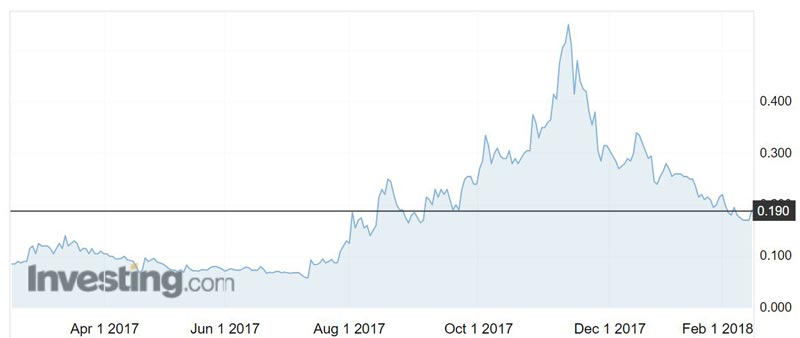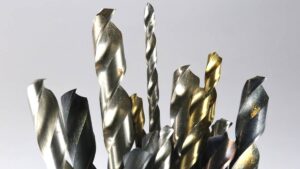Artemis gains ground in nuggetty gold quest; shares climb 12pc

Pic: Tyler Stableford / Stone via Getty Images
ASX-listed Artemis Resources and Canadian partner Novo Resources have uncovered high-grade gold in bulk sampling at the Purdy’s Reward project in Western Australia’s Pilbara.
Basal conglomerate bulk sampling has delivered gold grades of between 10.6 grams per tonne (g/t) and 87.7 g/t. The result is from the first of the shallow trenches dug at Purdy’s Reward.
Anything over 5 g/t is considered high grade. In Australia it has become much harder and more costly to find high-grade gold, especially near surface, given miners’ past penchant for “high-grading” during the downturn.
Investors welcomed the news, driving Artemis shares (ASX:ARV) up almost 15 per cent to 19.5c on Thursday morning. Shares have traded between 5.5c and 59c in the past year.
They gave back some of their gains to end at 19c on Thursday — still a 12 per cent gain.
The Western Pilbara region, south of Karratha in Western Australia, has attracted significant exploration interest due to the discovery of unique “watermelon” seed shaped coarse gold nuggets found at or close to surface over extensive strike lengths.
Artemis and Canadian-listed Novo (TSX-V:NVO) were responsible for the initial discovery of the conglomerate-hosted gold.

The partners are now able to better assess the gold grades with larger bulk samples.
“Five to fifteen tonne bulk samples are clearly necessary to get a better handle on gold grades, and we are now in a position to collect these having recently secured a test plant at SGS, capable of processing such large volumes of material,” Novo chairman Quinton Hennigh told investors overnight.
“Purdy’s Reward bulk samples will be the first through this new plant, and results are expected shortly.”
How the Pilbara gold nugget rush got started
‘Very good’ potential for large-scale gold mining in the Pilbara
Pessimistic about Pilbara gold? Now may be a good time to buy
Artemis executive director Ed Mead told Australian investors this morning that this meant a lot more bulk sampling can be achieved in a shorter timeframe.
“Once we have the ability to quickly determine gold grade content, we can more accurately define the extent of the gold mineralisation in these conglomerates and the surrounding rocks.”
Earlier this week, Artemis told investors it is working with the Australian government’s Commonwealth Scientific and Industrial Research Organisation (CSIRO) to investigate the origin of the new style of gold mineralisation.
- Bookmark this link for small cap breaking news
- Discuss small cap news in our Facebook group
- Follow us on Facebook or Twitter
- Subscribe to our daily newsletter
Meanwhile, bulk sampling undertaken below the conglomerates returned gold grades of up to 4.1 g/t.
Further work is required to determine the ultimate significance of gold in the zone below the gold bearing conglomerates, Mr Mead said.
UNLOCK INSIGHTS
Discover the untold stories of emerging ASX stocks.
Daily news and expert analysis, it's free to subscribe.
By proceeding, you confirm you understand that we handle personal information in accordance with our Privacy Policy.








